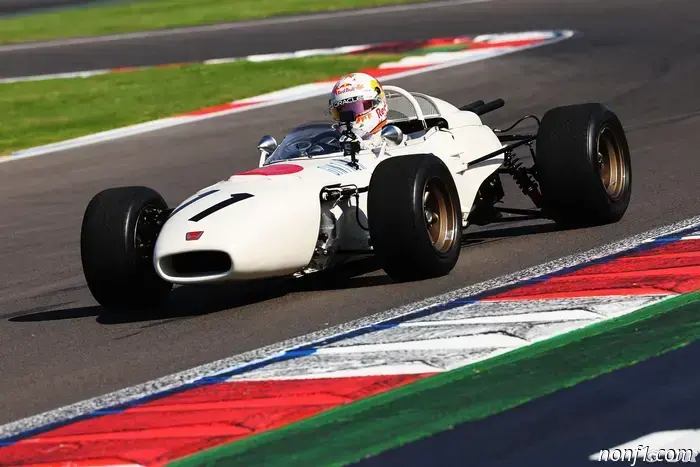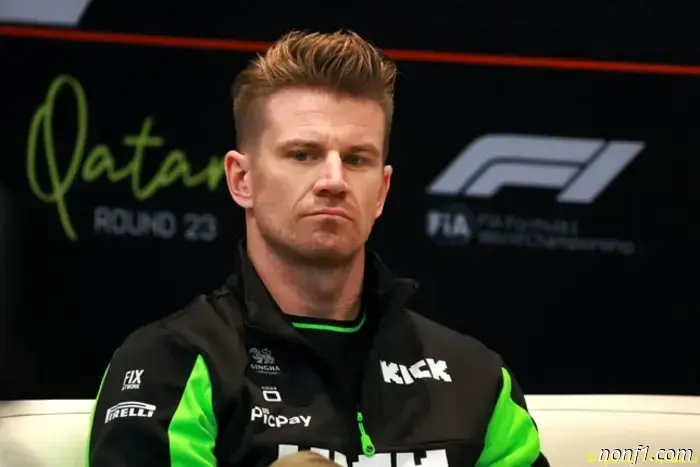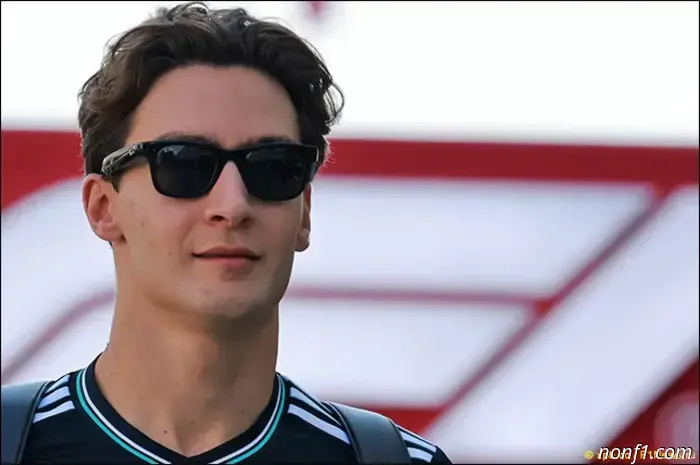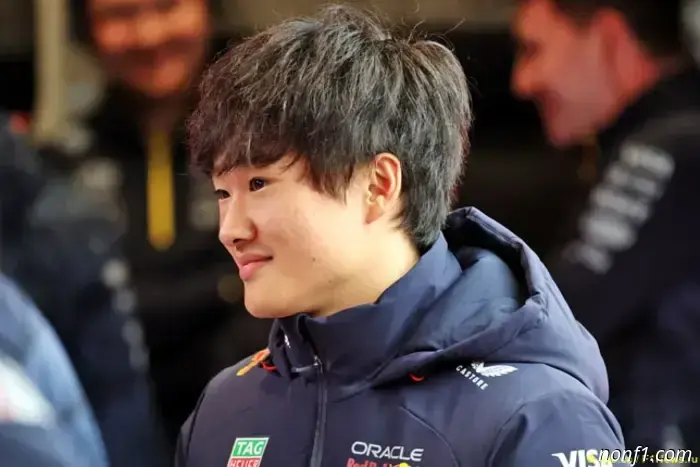
The Development of F1 Cars: The Impact of Technology on Racing
Author:
27 November 2025 - 21:42
For many years, Formula 1 has represented the pinnacle of motorsport, merging driver expertise with engineering creativity. Over the years, F1 cars have evolved from simple, open-wheeled models to advanced hybrid machines, highlighting how technology can transform performance and safety on the track. Fans can now enjoy races via digital platforms as well as on-site events, where casino apps like First.com often accompany F1 content for engagement and entertainment. This blend of racing and digital interaction illustrates how technology influences both the sport and the viewing experience.
**Early F1 Cars: The Foundations of Speed**
In comparison to modern vehicles, the early Formula One cars of the 1950s were quite basic. They featured naturally aspirated engines, were lightweight, and had minimal aerodynamic aids. Without many safety features, drivers relied heavily on skill and courage to navigate the tracks.
**Key Characteristics of Early F1 Cars**
The initial advancements established the basis for future innovations in speed, stability, and control, showing that even minor technological enhancements could significantly impact race results.
**Aerodynamics and the Rise of Downforce**
By the late 1960s and early 1970s, aerodynamics became a crucial factor in vehicle design. Engineers found that modifying airflow over the car could increase downforce, allowing for quicker cornering without sacrificing stability. This era saw the introduction of front and rear wings, as well as exploration of ground-effect technology in the late 1970s.
**Aerodynamic Innovations**
- **Front and Rear Wings:** Allowed for adjustable downforce tailored to track conditions.
- **Ground Effect:** Side skirts and venturi tunnels produced suction underneath the car, enhancing grip.
- **Streamlined Bodywork:** Decreased drag and optimized airflow over essential components.
These innovations shifted racing strategies to focus more on a car’s high-speed handling rather than purely on engine performance. Teams like Lotus and McLaren led the way in developing these technologies, shaping design philosophies for years to come.
**Engine and Powertrain Evolution**
The evolution of F1 engine technology has been one of the most notable transformations. The sport has continually pushed the boundaries of efficiency and performance, evolving from naturally aspirated V8s to turbocharged V6 hybrid engines.
**Engine Development Timeline**
Hybrid systems, introduced in 2014, combine turbocharged engines with energy recovery devices to boost performance while reducing fuel consumption. This reflects broader trends in automotive engineering focused on efficiency and sustainability.
**Safety Innovations: Protecting Drivers**
Given Formula One's reputation for danger, safety enhancements have progressed alongside increases in speed. Modern cars incorporate advanced materials, crash structures, and driver safety systems.
**Safety Features in Modern F1 Cars**
- **Carbon Fiber Monocoque:** A robust, lightweight chassis that protects drivers during high-impact collisions.
- **Halo Device:** A titanium frame that safeguards the cockpit from debris.
- **Advanced Crash Barriers:** Tracks now feature energy-absorbing barriers to lessen impact.
- **Driver Suits and Helmets:** Made of fire-resistant materials with enhanced aerodynamics.
These advancements have significantly decreased fatalities and serious injuries while allowing cars to safely exceed speeds of 230 mph.
**Electronics and Data-Driven Performance**
Modern Formula One cars are equipped with numerous sensors that collect thousands of data points every second. Teams analyze telemetry to refine driver strategies, fuel efficiency, and tire management. Real-time data informs pit-stop timing, gear shifts, and aerodynamic adjustments, making racing as much about data analysis as it is about driver skill.
- **Telemetry Systems:** Monitor engine metrics, tire degradation, and suspension performance.
- **Aerodynamic Sensors:** Assess airflow, aiding engineers in adjusting wings and diffusers.
- **Simulation Software:** Predicts race outcomes and supports car setup prior to circuits.
The integration of electronics enables teams to optimize performance, reliability, and efficiency on every lap.
F1 cars have advanced from basic racing vehicles into intricate technological marvels that blend aerodynamics, hybrid powertrains, safety mechanisms, and data analytics. Every progression enhances efficiency and safety for drivers while boosting performance. Fans engage in the sport's continual evolution both on the track and online, keeping up with news and updates on sites like https://first.com/news/casino, showcasing how technology shapes both racing and modern entertainment.
The journey of Formula One cars embodies human innovation and the relentless pursuit of speed, precision, and safety, underscoring motorsport’s role as a leading platform for automotive advancement.


Other articles
 Nico Hülkenberg: The team is undergoing changes.
The Hinwil-based team is racing its final Grands Prix as Sauber. Next year it will become Audi's factory team, and in Qatar Nico Hülkenberg assessed how much progress has already been made this season.
Nico Hülkenberg: The team is undergoing changes.
The Hinwil-based team is racing its final Grands Prix as Sauber. Next year it will become Audi's factory team, and in Qatar Nico Hülkenberg assessed how much progress has already been made this season.
 Russell won't miss the rocking cars.
On Thursday in Qatar, George Russell recalled Mercedes' first car built to the current regulations...
Russell won't miss the rocking cars.
On Thursday in Qatar, George Russell recalled Mercedes' first car built to the current regulations...
 El jueves en Catar Oscar Piastri dijo que este fin de semana McLaren no tendría táctica de equipo en la lucha por el título — y Max Verstappen respalda ese enfoque.
Max Verstappen: «¡La opción ideal! No hay nada mejor que dejarles que se peleen entre ellos. En el lugar de Oscar, si me dijeran que tengo que dejar pasar a Norris, ni lo escucharía. Yo diría "vete al carajo". Si eres un piloto de verdad, debes pelear, incluso si vas por detrás. Si no, ¿qué sentido tiene venir? Así puedes quedarte de por vida como "segundo piloto", y no creo que Oscar esté dispuesto a asumir ese estatus.
En cuanto a mí, sé que tengo los mismos puntos que Oscar, y muchas cosas deben darse para que la suerte esté de mi lado. Pero creo que deben ser libres para pelear entre ellos en la carrera. ¡Espero que demos a los aficionados un gran final de temporada!»
Gabriel Bortoleto will drop five places on the grid for the start of the Qatar Grand Prix for a collision with Lance Stroll at the start of the Las Vegas race. On Thursday at the Losail circuit, Gabriel called the penalty fair.
El jueves en Catar Oscar Piastri dijo que este fin de semana McLaren no tendría táctica de equipo en la lucha por el título — y Max Verstappen respalda ese enfoque.
Max Verstappen: «¡La opción ideal! No hay nada mejor que dejarles que se peleen entre ellos. En el lugar de Oscar, si me dijeran que tengo que dejar pasar a Norris, ni lo escucharía. Yo diría "vete al carajo". Si eres un piloto de verdad, debes pelear, incluso si vas por detrás. Si no, ¿qué sentido tiene venir? Así puedes quedarte de por vida como "segundo piloto", y no creo que Oscar esté dispuesto a asumir ese estatus.
En cuanto a mí, sé que tengo los mismos puntos que Oscar, y muchas cosas deben darse para que la suerte esté de mi lado. Pero creo que deben ser libres para pelear entre ellos en la carrera. ¡Espero que demos a los aficionados un gran final de temporada!»
Gabriel Bortoleto will drop five places on the grid for the start of the Qatar Grand Prix for a collision with Lance Stroll at the start of the Las Vegas race. On Thursday at the Losail circuit, Gabriel called the penalty fair.
 Max Verstappen: If you're a racer, you have to fight
Oscar Piastri said that this weekend McLaren will not have team orders in the title fight — and Max Verstappen supports this approach.
Max Verstappen: If you're a racer, you have to fight
Oscar Piastri said that this weekend McLaren will not have team orders in the title fight — and Max Verstappen supports this approach.
 Leclerc: Next year we'll have to change our approach.
Charles Leclerc has said several times that he doesn't like the 2026 cars, but in Qatar he changed his mind...
Leclerc: Next year we'll have to change our approach.
Charles Leclerc has said several times that he doesn't like the 2026 cars, but in Qatar he changed his mind...
 Yuki Tsunoda: I want to help Max in the fight for the title
At the start of the year, Yuki Tsunoda had high hopes of moving to Red Bull Racing; however, with two rounds left in the season, the Japanese driver sits seventeenth in the drivers' standings and does not know whether his contract will be renewed.
Yuki Tsunoda: I want to help Max in the fight for the title
At the start of the year, Yuki Tsunoda had high hopes of moving to Red Bull Racing; however, with two rounds left in the season, the Japanese driver sits seventeenth in the drivers' standings and does not know whether his contract will be renewed.
The Development of F1 Cars: The Impact of Technology on Racing
Formula 1 | For many years, Formula 1 has represented the pinnacle of motorsport, where driver talent and engineering advancements converge. F1 vehicles have (…)
